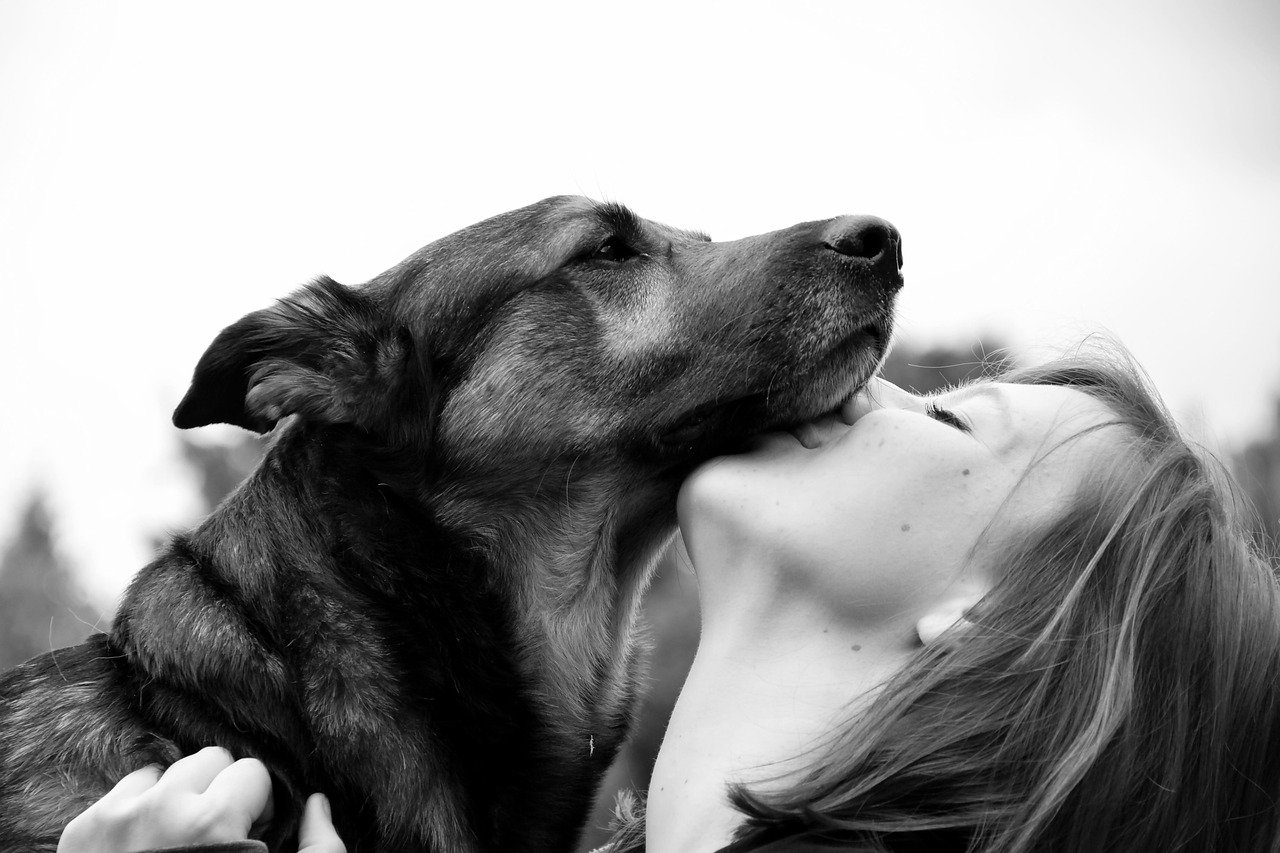There’s a moment every dog lover quietly dreads—a time when your loyal companion, who’s given you years of wagging tails and unconditional love, seems to be drifting toward the end of their journey. It’s a heartbreaking thought, but it’s also a natural part of sharing your life with a dog. If you’re reading this, maybe you’ve noticed subtle changes. Maybe you’re scared to ask, “Is it time?” Recognizing when your dog is ready to say goodbye is both an act of courage and love. This guide will help you spot the signs, understand your feelings, and give your furry friend the comfort they deserve in their final days.
Understanding the Subtle Signs of Decline
Dogs are masters at hiding pain. They don’t always whimper or cry; often, the signs are much quieter. You might notice your pup sleeping more than usual, seeming uninterested in their favorite toys, or just moving a little slower. Sometimes, they withdraw and seek out quiet corners instead of curling up beside you on the couch. These subtle shifts are often the first hints that something deeper is going on.
Another thing to watch for is a change in their appetite. If your dog has always been a chow hound and suddenly starts leaving food in the bowl, it’s worth paying attention. Even little things like changes in breathing, a new limp, or more frequent accidents in the house can be clues. Trust your gut—no one knows your dog better than you do. If something feels off, it probably is.
Physical Symptoms That Signal It’s Nearing Time
Sometimes the signs are more obvious and harder to ignore. Weight loss that happens quickly, persistent vomiting or diarrhea that won’t resolve, or difficulty breathing can be strong indications that your dog is struggling. If your pup can’t stand up without help or collapses after a short walk, these are urgent signals that their body is failing.
Pay close attention to their eyes and coat, too. Dull, cloudy eyes or skin that’s lost its healthy sheen can speak volumes. Open wounds that don’t heal and a general decline in hygiene—like not grooming themselves—are also important. If your dog seems to be in pain when touched or avoids being petted, don’t dismiss it. These physical changes are your dog’s way of telling you they need extra care.
Changes in Behavior and Personality
As dogs near the end of their lives, their personalities can shift in surprising ways. A once playful pup may become distant or irritable. Dogs that used to follow you from room to room might now prefer solitude or even hide. This withdrawal is often a sign they’re conserving energy or feeling vulnerable.
You might also notice your dog becoming anxious, restless, or even confused. Pacing at night, barking at nothing, or getting lost in their own backyard can all be signals that their mind and body are changing. Don’t take these changes personally—your dog still loves you, but they’re processing life in a different way now. Gentle patience and understanding go a long way.
Losing Interest in Favorite Activities

Think about what used to light up your dog’s world. Was it chasing tennis balls? Long walks? A special treat before bed? When your dog starts ignoring the things they once loved, it’s a sign their quality of life is slipping. They might turn down treats, refuse to go for walks, or ignore your attempts to play.
Sometimes, it’s as if their spark has faded. Even a dog that once loved car rides might not get excited when you grab the leash. These changes can be subtle at first, but over time, they add up. It’s heartbreaking to witness, but it’s also a gentle reminder that your dog is winding down and needs your support more than ever.
Recognizing Pain and Discomfort

Pain isn’t always easy to spot in dogs, but there are telltale signs. Watch for trembling, whining, or changes in posture. Some dogs will try to hide their pain by sleeping more or avoiding movement altogether. Others might lash out if you touch a sore spot, even if they’ve never been aggressive before.
Look for signs of labored breathing, limping, or reluctance to climb stairs or jump onto furniture. If your dog seems restless, paces, or can’t get comfortable, it could mean they’re experiencing chronic discomfort. Your veterinarian can help you assess pain levels and recommend ways to keep your dog comfortable, even when the end draws near.
The Importance of Quality of Life Assessments
It’s tough to be objective when it comes to your best friend. That’s where a quality of life assessment can help. Many veterinarians use simple charts or checklists to help you evaluate your dog’s daily experience. You’ll look at things like appetite, mobility, comfort, and even happiness. Scoring these areas honestly can guide you in making compassionate decisions.
Don’t be afraid to ask your veterinarian for help. They’ve walked this road with countless pet owners and can offer perspective when your heart is clouded by emotion. Remember, quality of life isn’t just about living—it’s about living well. When the bad days outnumber the good, it may be time to consider saying goodbye.
How to Support Your Dog in Their Final Days
Comfort is key in your dog’s final stage. Create a cozy, quiet space where they can rest undisturbed. Keep their favorite blanket nearby and offer gentle affection—they may not want much, but your presence is soothing. Avoid forcing them into activities; follow their lead and let them decide what feels right.
Consider special treats or soft foods if eating is difficult. Speak softly, stroke their fur, and be patient with their needs. Some dogs find comfort in hearing your voice or feeling your hand on their back. Above all, cherish these moments. Your calm, loving presence means everything to them now.
Making the Hardest Decision with Compassion

No one wants to decide when it’s time to let go, but sometimes, the kindest thing you can do is to prevent further suffering. Talk openly with your veterinarian about euthanasia and what to expect. Ask questions, express your fears, and don’t rush the process—this is a decision that deserves care and respect.
It’s normal to feel guilt, doubt, or even anger. These emotions are part of loving deeply. Remember, choosing to say goodbye isn’t a failure; it’s the final act of love for a friend who’s given you their all. Surround yourself with supportive people—family, friends, or even online communities who understand what you’re going through. You’re not alone in this journey.
Saying goodbye to a beloved dog is one of the hardest decisions a pet owner will ever face—but recognizing the signs of their readiness and honoring their needs is a final act of love. By paying close attention to their comfort, energy, and overall quality of life, you can ensure their final days are filled with peace and compassion. Supporting them with gentle care, familiar routines, and emotional presence makes a world of difference. In the end, letting them go with dignity is a heartbreaking yet deeply loving gift.

Esther is from India; the heartbeat of South Asia, holding a Master’s degree in Zoology and a postgraduate diploma in Animal Welfare. Her enthusiasm for animal welfare drives her passion and dedication to working for animals, ensuring their well-being, and advocating for their rights. With a solid academic background and hands-on experience, she is committed to making a positive impact in the field of animal welfare. In her free time, she enjoys embroidery and sewing. As a Chennaite from Tamil Nadu, Esther loves Bharathanatyam, an Indian classical dance form.






